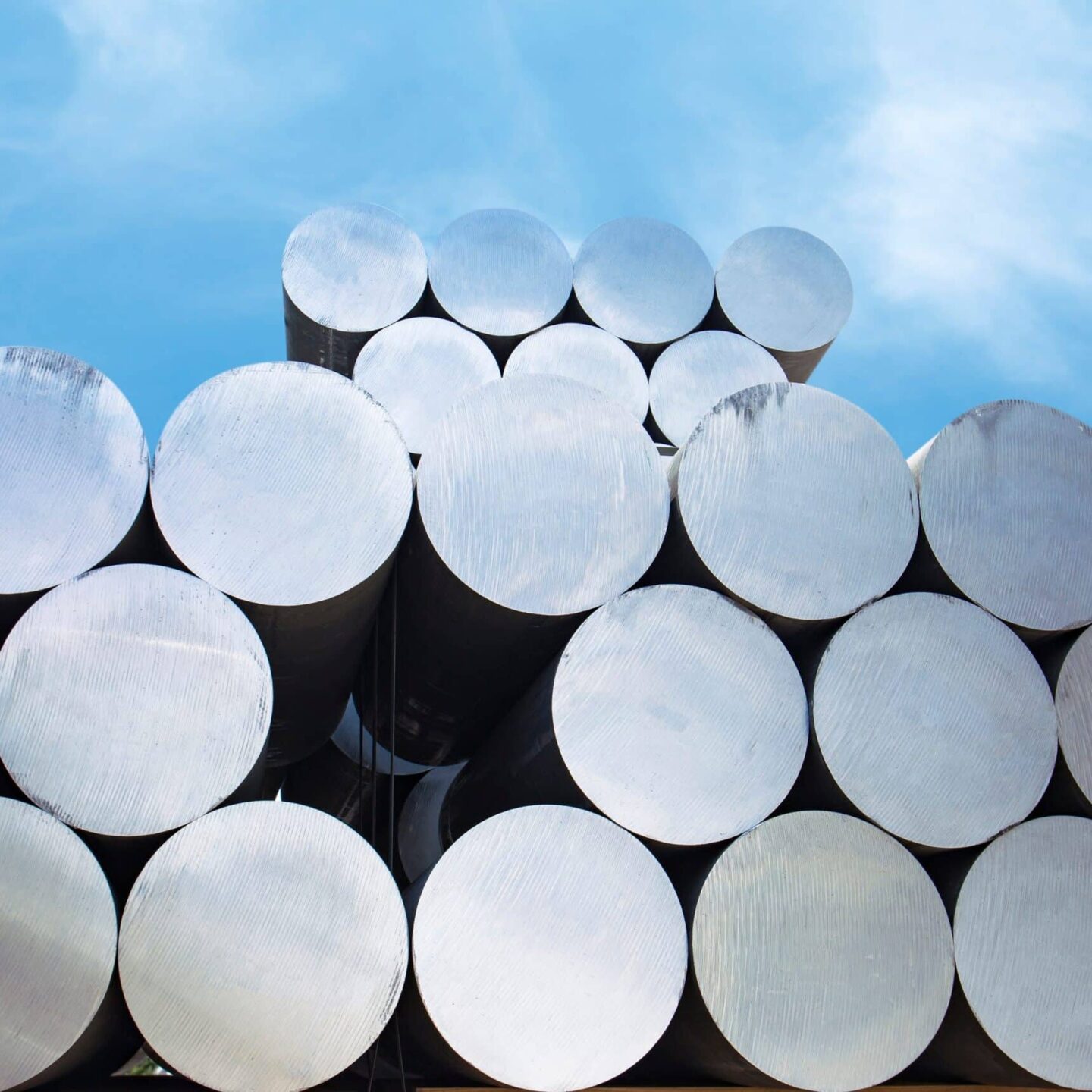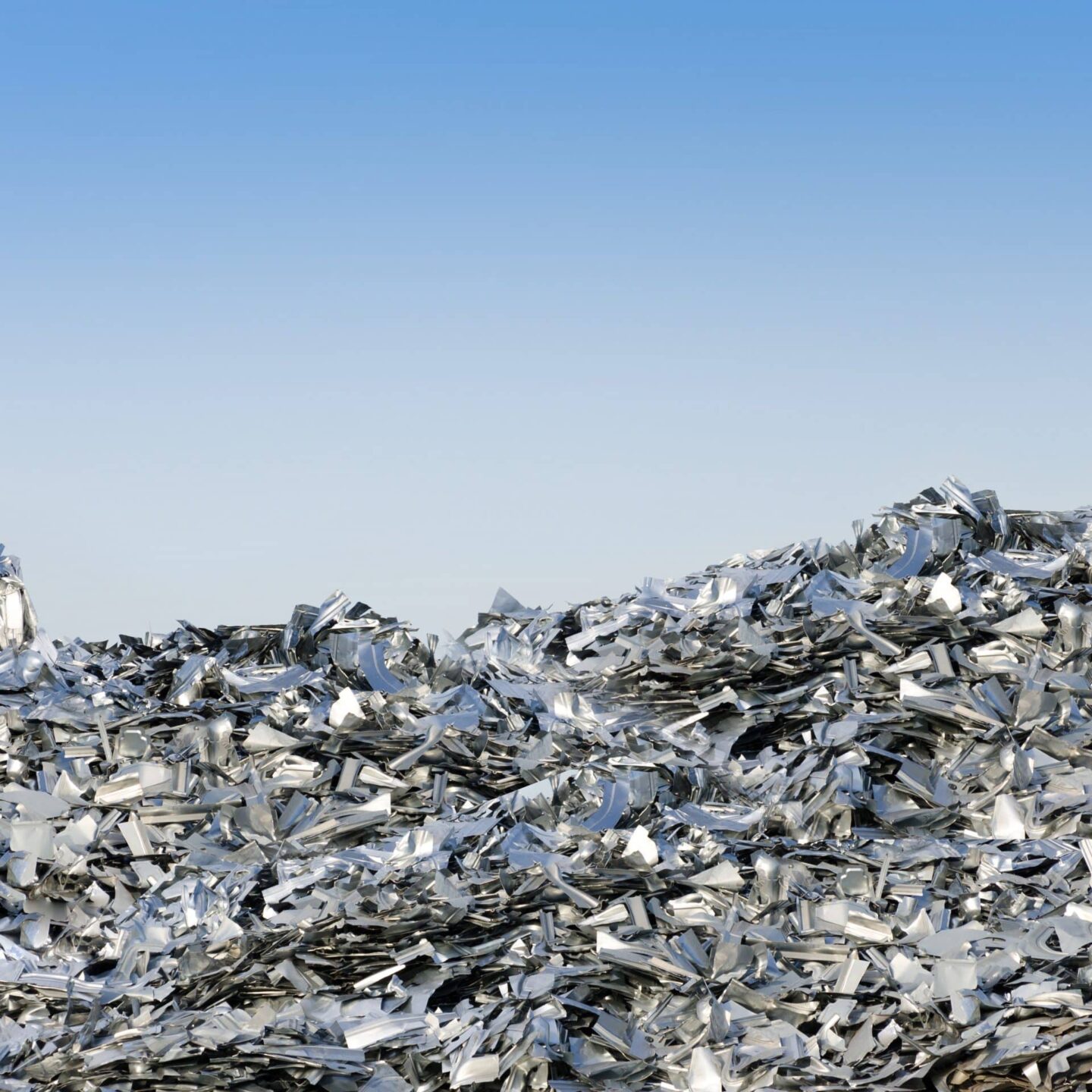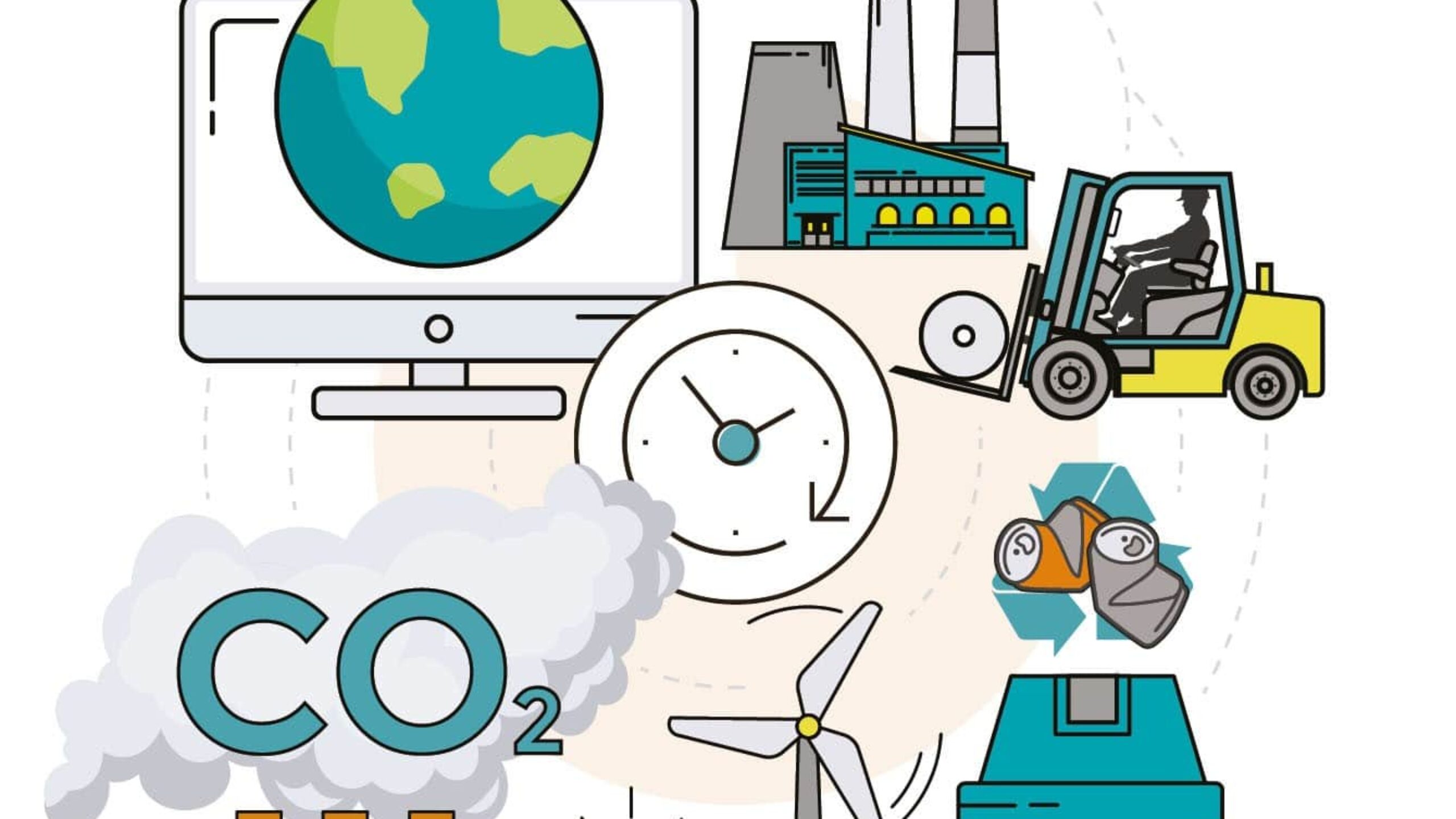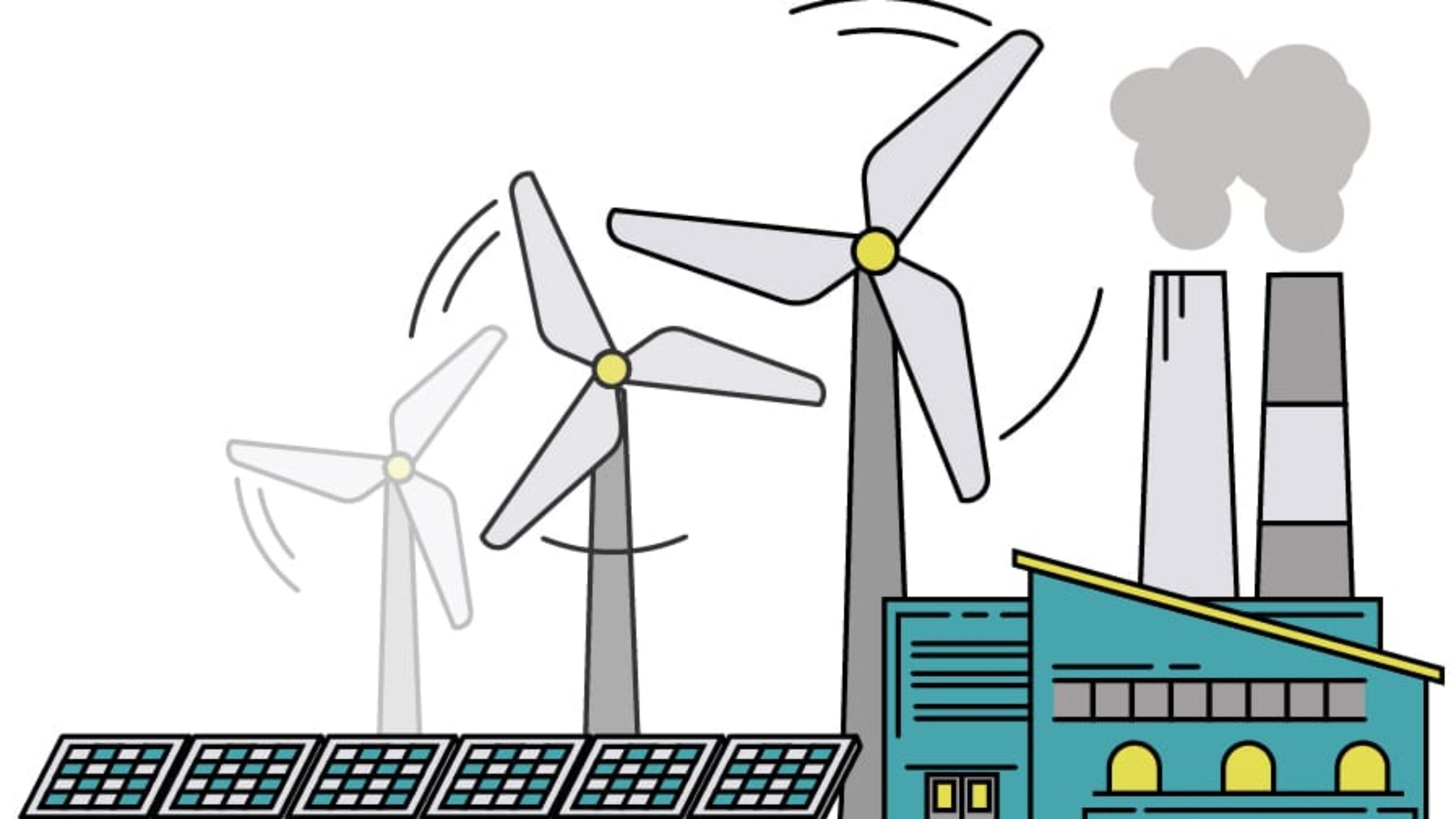The consolidated information available in the summary dashboard is intended to be a key resource for stakeholders to make informed decisions based on the current state-of-play across the industry. In preparation for reporting under the initiative, it has been promising to see it prompt internal dialogue on corporate goal and target setting.
The reporting under the initiative demonstrates the industry is mostly well aligned in adopting corporate climate goals and targets and 80% of IAI members have a publicly stated long-term target. There is some diversity in the goals and targets across the IAI member companies which reflects specific operating realities, influencing environments and a variety of corporate identities.
There are a number of IAI member companies that operate in jurisdictions where national or regional climate targets or goals interplay with corporate ambition-setting. We see evidence of this particularly in countries such as China where a top-down approach is common, and the Central Committee of the Communist Party of China and the State Council play a critical role in defining the Carbon Peak and Carbon Neutrality policies which filter through to industry and corporate level efforts. In November 2022 for example, the Ministry of Industry and Information Technology, the National Development and Reform Commission, and the Ministry of Ecology and Environment jointly released the “Implementation Plan for Carbon Peaking in the Nonferrous Metals Industry”, proposing to ensure that the non-ferrous metals industry achieves carbon peaking and other goals before 2030 (CNIA, 2024).
In practice, these reforms are already being implemented by aluminium producers in China with significant capacity being relocated from coal-fired power dependent provinces to hydro-powered provinces such as Yunnan resulting in significant emissions savings.
This strong influence of government in setting the climate agenda is mirrored in other aluminium producing regions where state actors play a key role either through direct ownership of, or with interests in, aluminium producing companies or through the implementation of broad industrial decarbonisation policies, strategies and roadmaps.
Just as the decarbonisation technology pathway to 2050 will be different for each producer, the goals and targets set by organisations will also differ. In reality, goals and targets that companies set, whilst a proxy for an organisation’s commitment to achieving a certain emissions end point, are not the most important sign of progress. More important to emissions reduction efforts of the sector is the action taken to break away from business as usual.








